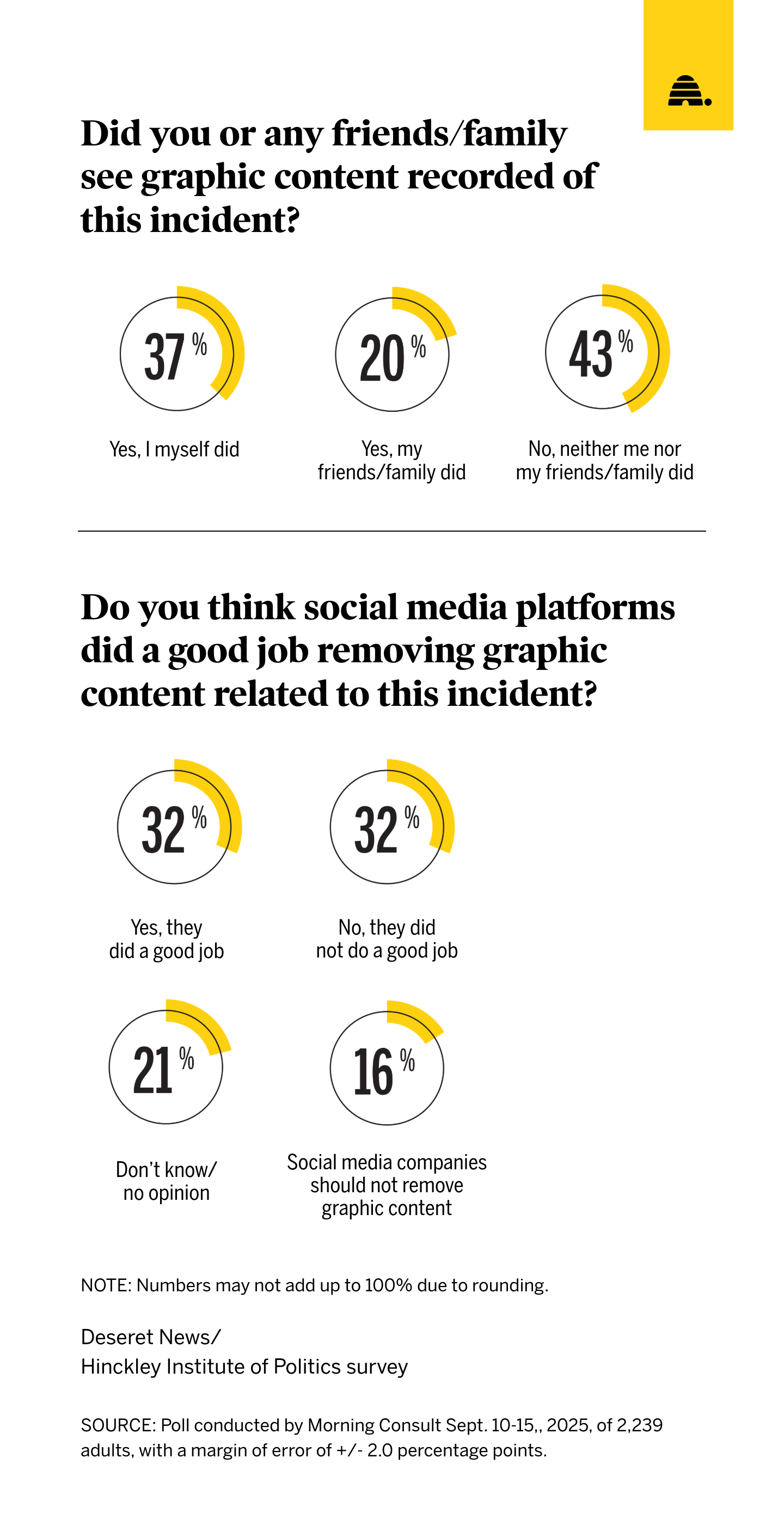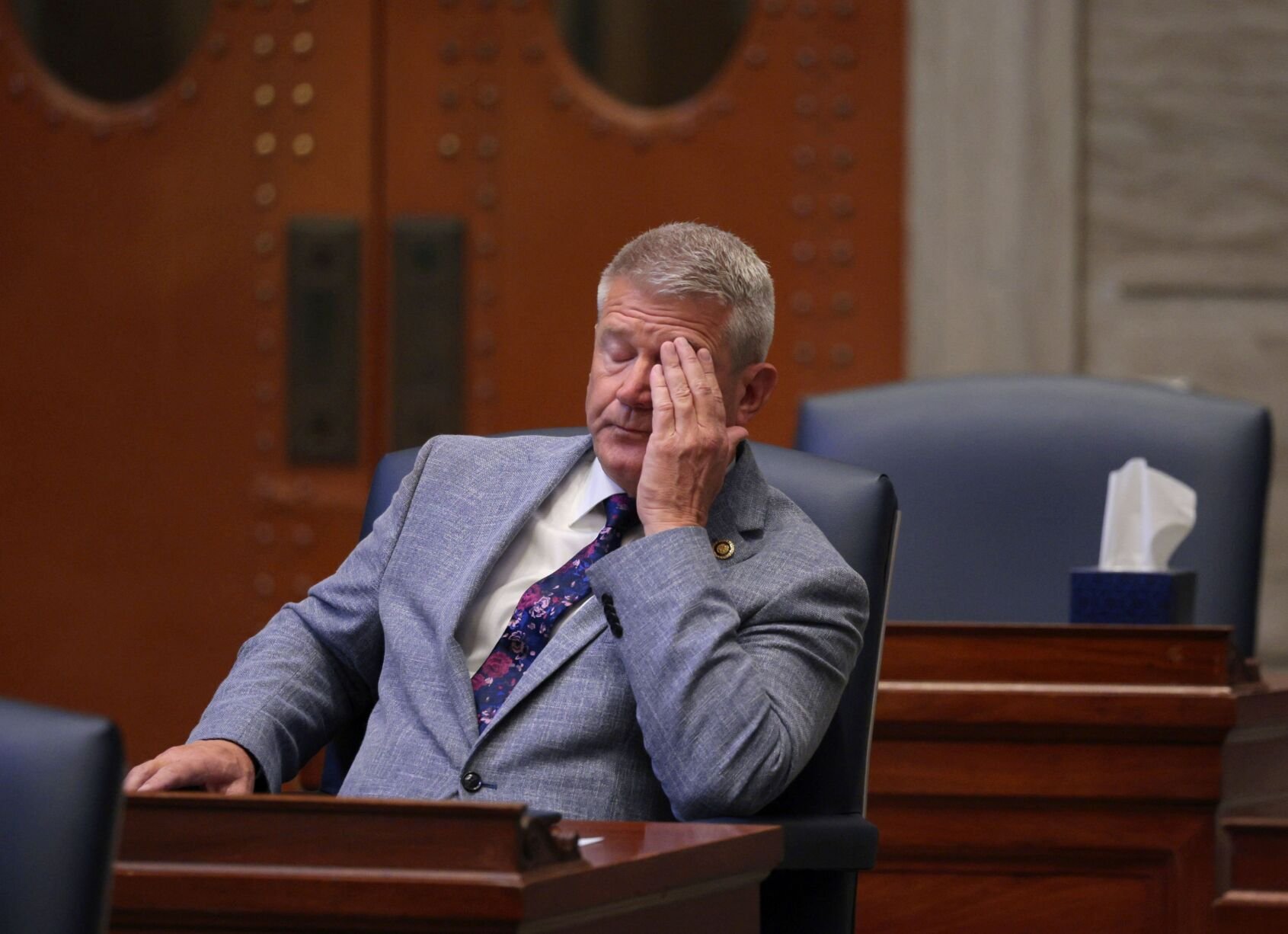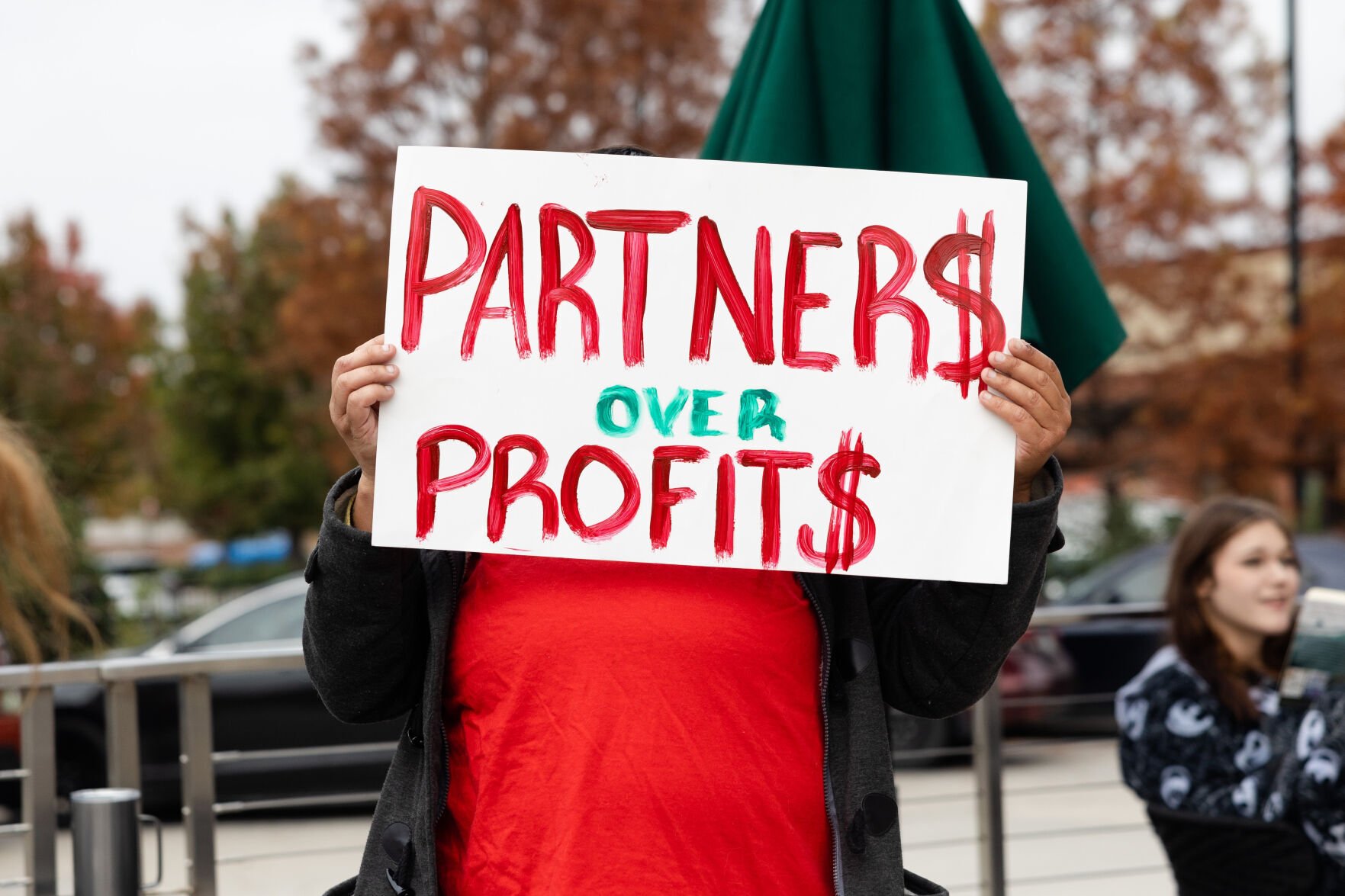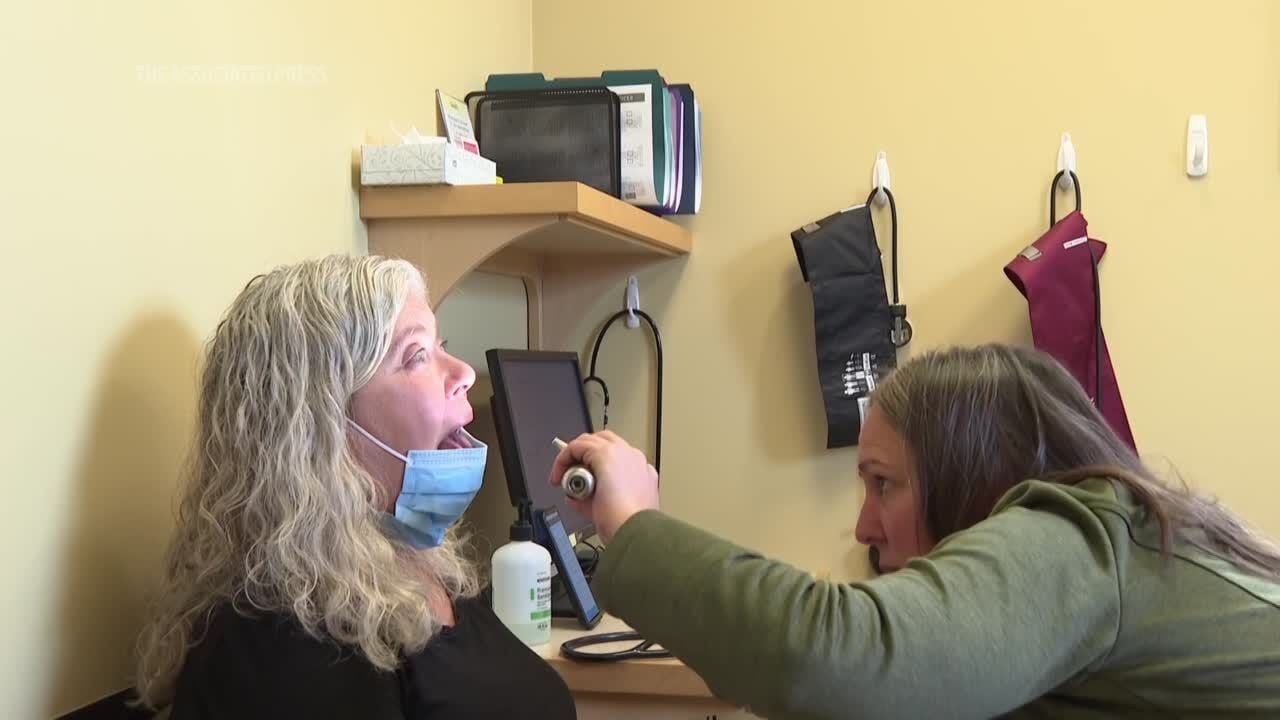Graphic images of the Charlie Kirk shooting have been shared widely, prompting concerns about potential trauma among viewers. A Morning Consult poll suggests a significant number of Americans have witnessed these images, fueling ongoing discussions about the risks of viewing and sharing violent content online.
Graphic images of Charlie Kirk shooting impact many Americans

Key Takeaways:
- Many Americans viewed the shooting footage, according to a poll.
- Online exposure to graphic violence may have mental health implications.
- Social media accelerates the spread of disturbing content.
- Concerns arise about repeated viewings intensifying emotional distress.
- The Charlie Kirk shooting reflects a broader debate over violent media.
Public Response
The circulation of graphic images from the shooting of Charlie Kirk has drawn reactions from across the country. Many Americans who viewed the footage on social media expressed shock and concern. The immediacy of these images raised new questions about how quickly violent content can go viral online.
The Trauma Debate
A central concern among observers is whether viewing repeated acts of violence can cause harm to a viewer’s mental health. Experts in various fields have long debated the link between exposure to graphic content and potential trauma. As more people rely on smartphones and social platforms for daily news, the risk of stumbling upon distressing images grows significantly.
The Poll
A Morning Consult poll examining the extent of this shooting’s viewership suggests that a substantial portion of Americans had seen or heard about the footage. While the survey details remain under wraps in paid plans, the mere existence of this poll highlights the public’s awareness and the broad reach of such violent imagery.
The Larger Conversation
Beyond the data on how many people actually viewed the content, the discussion extends to the complicated role social media plays in news dissemination. Critics argue that digital platforms can inadvertently heighten anxiety by repeatedly circulating violent content, while others maintain that graphic imagery provides crucial evidence of events. As the conversation evolves, stakeholders continue to question the balance between staying informed and the potential negative impacts on public well-being.
What’s Next
The Charlie Kirk shooting footage stands as a reminder of the power that viral images can hold. As the debate over content moderation and the emotional toll of violent media persists, experts, policymakers, and the public are left weighing the implications of accessibility, accountability, and mental health in an era deeply entwined with digital media.











